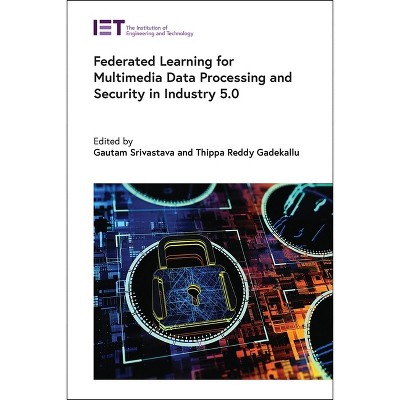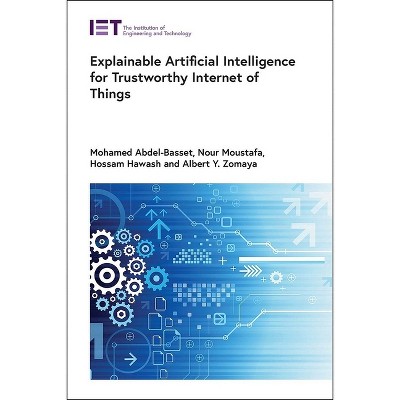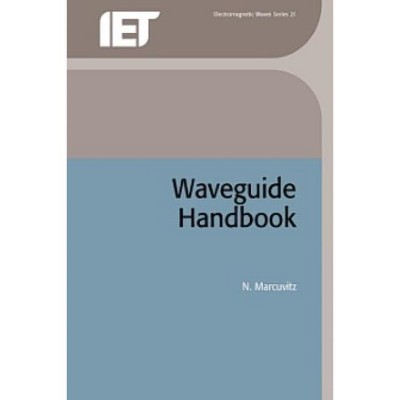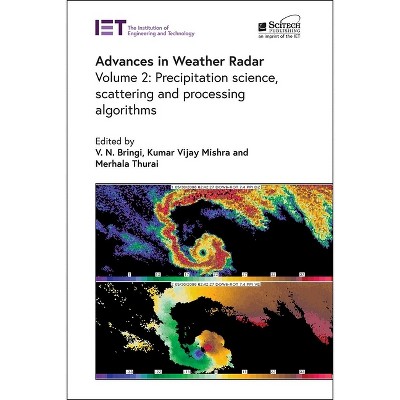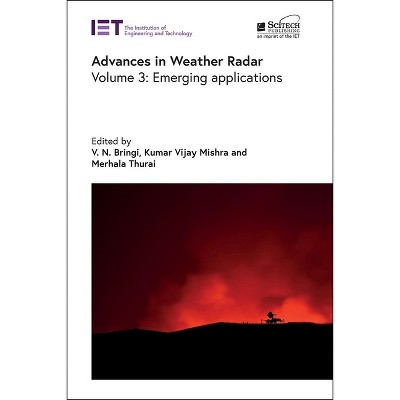The Digital Twin Handbook - (Computing and Networks) by Dhaval Thakker & Zeeshan Pervez & Bhupesh Kumar Mishra (Hardcover)

About this item
Highlights
- A digital twin (DT) is a digital representation of a real-world physical product, system, or process.
- Author(s): Dhaval Thakker & Zeeshan Pervez & Bhupesh Kumar Mishra
- 368 Pages
- Computers + Internet, Security
- Series Name: Computing and Networks
Description
About the Book
This book presents the technological limitations and challenges of digital twins, technical aspects, benefits, opportunities and solutions for their implementation as well as implementation experience, and trends, future research directions and perspectives.
Book Synopsis
A digital twin (DT) is a digital representation of a real-world physical product, system, or process. It is indistinguishable from its physical counterpart and used for simulation, integration, testing, monitoring and maintenance, often in real-time and in synchronization with the physical system. Digital twins offer the ability to gain a deep insight into the operating principles of any services, the interactions between different parts of the services and the behavioural aspects in a way that can be interactive and actionable for users and decision-makers.
DTs are now being implemented in many industries including the engineering design for smart cities, the built environment, manufacturing, robotics and healthcare. This enabling technology supports the development of connected environments in which sensing, monitoring, actuation and interventions are seamlessly choreographed to allow stakeholders to make data-driven, context-aware, and strategic decisions to better serve end users from the public and private and third sectors.
This edited book presents challenges, opportunities and solutions for the implementation of DT services along with their implementation experience. The book's main objective is to present a holistic view of the technological challenges, limitations and trends for enabling DT services. The authors will present challenging aspects of DT services that will identify the current and prospective potentials of DT application areas. This book will not only cover the technical aspects of DT services but also its benefits and future research directions and perspectives.
This comprehensive guide to the topic is intended to provide a holistic view for researchers, engineers and scientists in academia and industry working on digital twins and their application in smart cities, industry 4.0/5.0, and real-time monitoring. It will also be of interest to experts and developers who want to understand and realise the opportunities and challenges of using emerging techniques and algorithms for designing and developing digital twins.
Shipping details
Return details
Trending Book Pre-Orders






